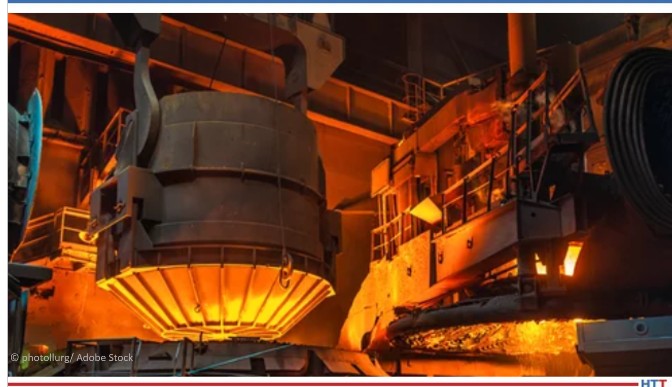Heat Treat Today publishes eight print magazines a year, and included in each is a letter from the publisher, Doug Glenn. This letter first appeared in Heat Treat Today's August 2021 Automotive print edition.

Publisher and Founder
Heat Treat Today
For those who might not know, AISTech is the annual conference produced by AIST, the Association of Iron & Steel Technology (www.aist.org), under the executive directorship of Ronald Ashburn and his capable staff, most of whom work out of Cranberry Township, Pennsylvania, just north of Pittsburgh and less than one hour from where I live (Go Steelers!). AISTech was not held in 2020 due to the response to COVID-19, but it was held this year in Nashville, Tennessee, on June 29 through July 1.
Here’s what I learned at AISTech this year:
(1) The steel industry is a rugged lot. Unsurprisingly, the men and women of the North American steel industry are not easily daunted. COVID hit many industries hard, and steel is no exception, but the folks in this industry are still up and swinging. Granted, the governors of most states deemed the steel industry as “essential” for COVID purposes (with the concept of governments identifying some industries as essential and others not being a topic for another day!) thus, most of the steel industry stayed active throughout 2020.
The fact is, the steel industry is a resilient and innovative lot, even in the midst of oppressive government restrictions on pretty much the entire economy. No where was that more evident than in Nashville. According to official numbers, roughly half of the usual 8,000ish attendees to AISTech were in Nashville. A pretty decent turnout considering that AISTech was one of the first significant face-to-face events to return to Nashville. Nashville was certainly happy to host the event and many from the steel industry showed up in person, without many masks or much social distancing, to enjoy a return to relative normal.
(2) The U.S. steel industry is one of the most innovative and aggressive in the world. The keynote speaker and this year’s recipient of the Steelmaker of the Year award, chairman, president, and CEO of Cleveland-Cliffs, Lourenco Goncalves, who has a column in this issue of Heat Treat Today (see page 8), explained that when it comes to steelmaking, no country on the planet holds a candle to the United States, especially when it comes to the amount of CO2 produced for each ton of steel created.
(3) During the press conference which followed the President’s Award Breakfast on June 30th, I asked Mr. Goncalves to comment on the use of hydrogen combustion. He took me to school (in a very gracious way) on the fact that hydrogen combustion, while not an emerging technology to be ignored, was not something commercially viable in the North American steelmaking industry and probably won’t be for many years.
In Europe, where the abundance of natural gas is not so great, hydrogen might be a more viable option in the near future, but that’s not likely to be the case here in North America where natural gas is abundant and relatively cheap. He also pointed out that a large constituent of natural gas is hydrogen, so in one sense, the North American steelmaking industry is already heavily invested in hydrogen, just not 100% hydrogen.
(4) Finally, I learned that (sorry aluminum fans) it is steel’s “game to lose” when it comes to which material will be used most heavily in the future of the North American automotive industry. While aluminum body panels have been popular of late, the fact is that steel “owns” the vast majority of automobile manufacturing and will continue to do so for two reasons: 1) the development of high-strength steels, and 2) the fact that it takes exceedingly less energy and the creation of vastly less CO2 to produce a ton of steel vs. a ton of aluminum. If you’re truly “green,” steel is the (unlikely) way to go.
I leave you with this. The July 2021 Investors Presentation which is publicly available on Cleveland-Cliffs’ website has a lot of very, very interesting information not only about the company, but about the North American steel industry as it compares to other countries and how steel compares to other materials such as aluminum, composites, etc. I recommend it for those who have more than a casual interest in steel. View the report here.




